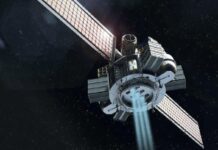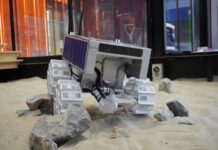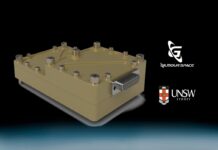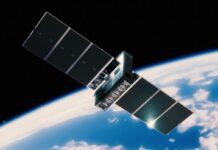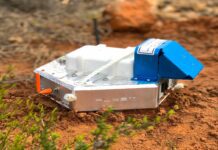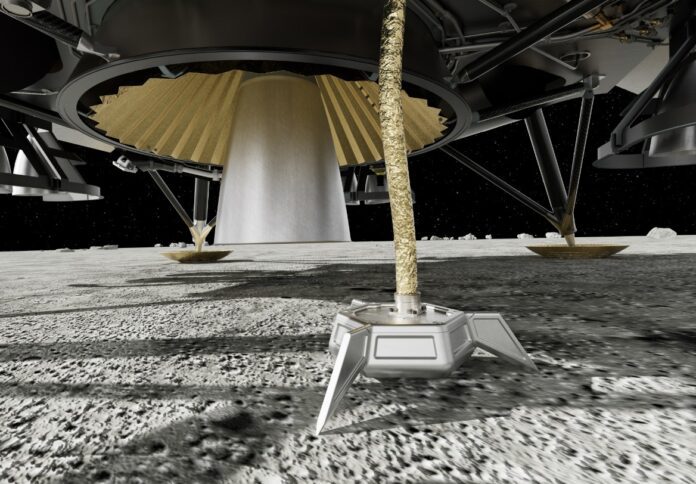
Australian space exploration company Fleet Space Technologies has unveiled plans to send its innovative seismic technology to the Moon’s surface as part of Firefly Aerospace’s upcoming lunar mission.
This mission, slated for 2026, will see Fleet’s Seismic Payload for Interplanetary Discovery, Exploration and Research (SPIDER) land on the lunar surface aboard Firefly’s Blue Ghost lunar lander, Fleet revealed in a press release.
The international lunar mission to the far side of the Moon will also include payloads from NASA and the European Space Agency, aligning with NASA’s Commercial Lunar Payload Services (CLPS) initiative.
Fleet Space Technologies received a substantial grant of AUD 4 million earlier this year from the Australian Space Agency for its Moon to Mars: Demonstrator Program.
The program aims to develop a cutting-edge geophysical device that can provide valuable insights into the Moon’s subsurface, particularly around its South Pole region.
According to the company, the key component of this lunar exploration endeavour is SPIDER, a seismic technology leveraging Ambient Noise Tomography (ANT).
SPIDER’s mission is to record the natural seismic waves within the Moon’s subsurface, enabling scientists to study its mineral composition and identify potential water ice deposits.
Matt Pearson, co-founder and chief exploration officer at Fleet Space Technologies, expressed the significance of these advancements, stating, “Humanity is on the brink of making tremendous strides in our scientific understanding of the lunar regolith by using advanced seismic technologies to acquire deeper insights about the Moon’s subsurface.”
He added, “Technologies, like SPIDER, will become key enablers of our long-term efforts to sustain life on the Moon and beyond.”
Fleet’s contribution to lunar exploration marks a significant milestone for Australia and aligns with NASA’s Artemis program, known as the 7 Sisters mission.
By taking the lead in developing SPIDER, Australia aims to play a pivotal role in international lunar exploration and the establishment of permanent infrastructure on the Moon.
Enrico Palermo, the head of the Australian Space Agency, expressed their pride in supporting the development of SPIDER, underscoring that the initiative represents advanced Australian innovation, which has the potential to greatly contribute to international lunar exploration endeavors within the framework of NASA’s Artemis program.
“Innovating for the harsh environment in space, where resources like water are scarce, drives a shift in engineering approach that ultimately advances technology and sustainable practices here on Earth. Fleet’s partnership with Firefly Aerospace is an important milestone as we seek to showcase more unique Australian technologies in space,” Palermo concluded.



